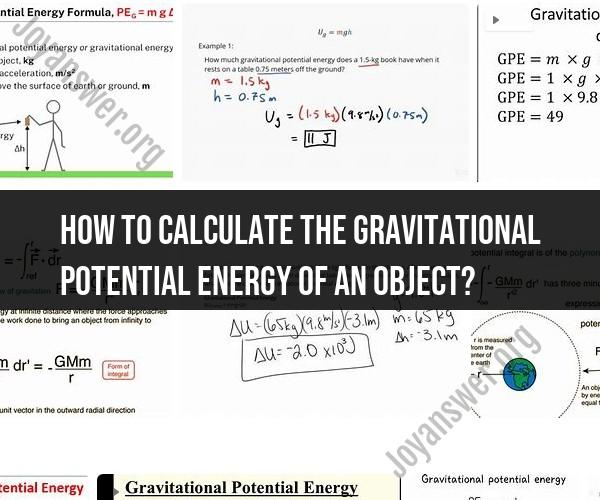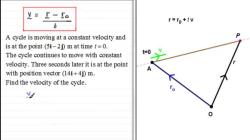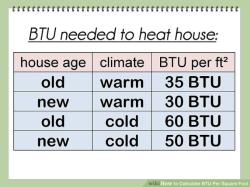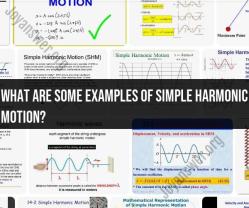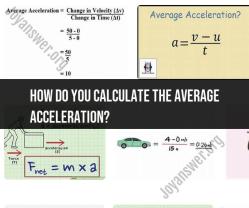How to calculate the gravitational potential energy of an object?
You can calculate the gravitational potential energy (GPE) of an object using the following formula:
Gravitational Potential Energy (GPE) = m * g * h
Where:
- GPE is the gravitational potential energy in joules (J).
- m is the mass of the object in kilograms (kg).
- g is the acceleration due to gravity, which is approximately 9.81 m/s² on Earth's surface (but varies depending on location).
- h is the height or vertical distance above a reference point (usually the ground) in meters (m).
Here are the steps to calculate gravitational potential energy:
Measure the Mass (m): Determine the mass of the object in kilograms. You can use a scale to measure the mass if it's not already known. Make sure to use the SI unit, kilograms (kg), for mass.
Determine the Height (h): Measure the vertical distance between the object's position and a reference point (usually the ground or some chosen reference level) in meters (m). Ensure that the height is measured vertically, not along a slope or inclined plane.
Use the Acceleration Due to Gravity (g): On Earth's surface, you can typically use an approximate value of 9.81 m/s² for the acceleration due to gravity (g). However, if you're working on a different celestial body or at a significant height above the Earth's surface, you may need to use a different value for g.
Plug the Values into the Formula: Insert the values of mass (m), acceleration due to gravity (g), and height (h) into the gravitational potential energy formula.
Perform the Calculation: Multiply the mass (m), acceleration due to gravity (g), and height (h) together to calculate the gravitational potential energy (GPE) in joules (J).
Check Units: Make sure that all the units in the formula are consistent (i.e., kilograms for mass, meters for height, and meters per second squared for acceleration due to gravity). If necessary, convert units to ensure consistency.
Here's an example calculation:
Suppose you have a 5 kg object that is lifted to a height of 10 meters above the ground on the surface of Earth (g ≈ 9.81 m/s²).
GPE = m * g * hGPE = 5 kg * 9.81 m/s² * 10 mGPE = 490.5 joules (J)
So, the gravitational potential energy of the object in this example is approximately 490.5 joules.
Calculating Gravitational Potential Energy Using Mass and Height
Gravitational potential energy is the energy an object has due to its position in a gravitational field. It is calculated using the following formula:
U = mgh
where:
- U is the gravitational potential energy in joules (J)
- m is the mass of the object in kilograms (kg)
- g is the acceleration due to gravity (9.81 m/s^2)
- h is the height of the object above a reference point in meters (m)
For example, a 10 kg object held 1 meter above the ground has a gravitational potential energy of 98.1 J.
Kinetic and Potential Energy in Gravity and Orbits
Kinetic energy is the energy of motion. Potential energy is stored energy. In the context of gravity and orbits, kinetic energy is the energy of an object moving in orbit, and potential energy is the energy of an object stored in its orbit.
An object in orbit has both kinetic and potential energy. The kinetic energy of the object is due to its motion around the central body. The potential energy of the object is due to its position in the gravitational field of the central body.
The total energy of an object in orbit is the sum of its kinetic and potential energy. The total energy of an object in orbit is constant. This means that if an object's kinetic energy increases, its potential energy must decrease, and vice versa.
Examples of Determining Gravitational Potential Energy
Here are some examples of determining gravitational potential energy:
- A ball held 1 meter above the ground has a gravitational potential energy of 9.81 J.
- A roller coaster at the top of a hill has a gravitational potential energy equal to the amount of work done to lift it to the top of the hill.
- A satellite in orbit around the Earth has a gravitational potential energy equal to the amount of work done to launch it into orbit.
Gravitational potential energy is an important concept in physics and engineering. It is used to calculate the energy required to launch rockets and satellites into space, the energy released by falling objects, and the energy stored in hydroelectric dams.
